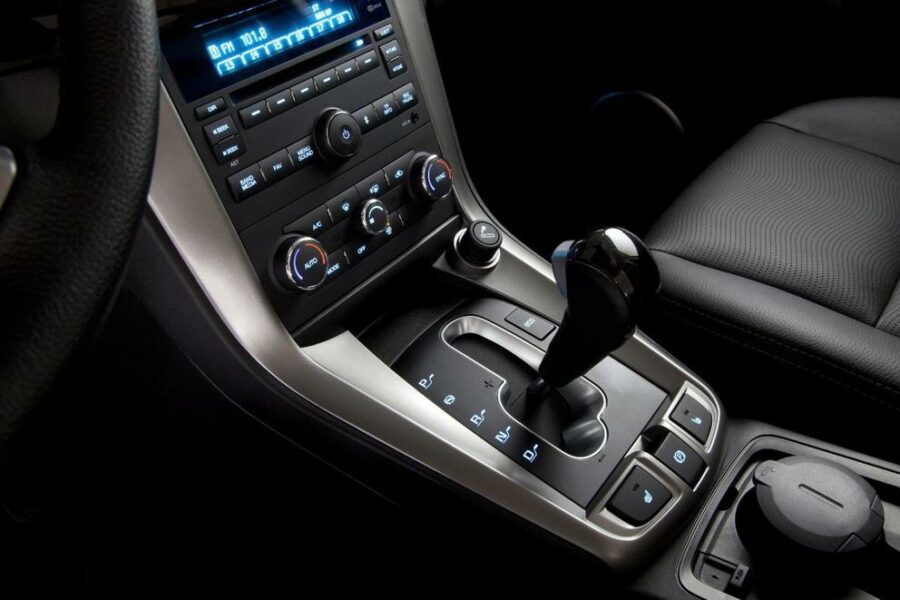
Types of automatic transmissions
Content
The automotive industry is rapidly improving the design of major components and assemblies, making life easier for drivers and improving vehicle performance. More and more modern cars are abandoning manual transmissions, leaving preference for new and more advanced transmissions: automatic, robotic and variator.
In this article, we will consider the types of gearboxes, how they differ from each other, how they work, the principle of operation and the degree of reliability.
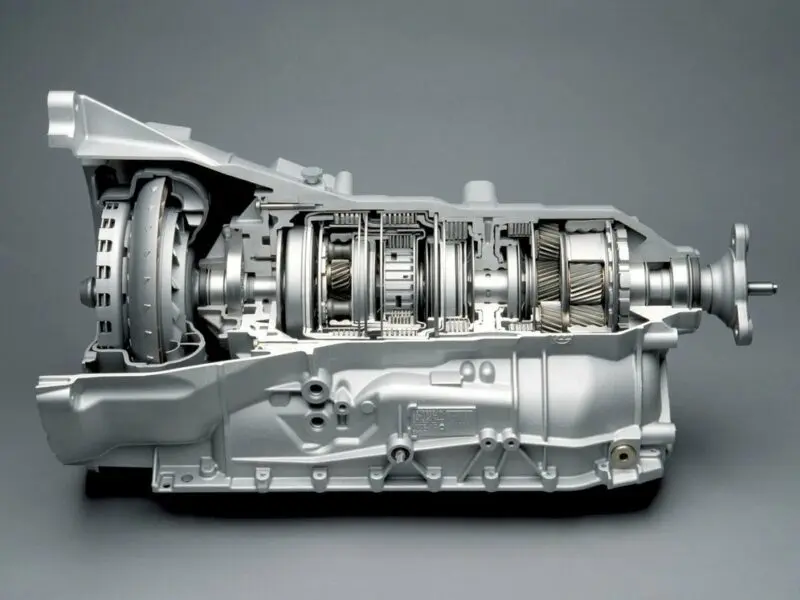
Hydraulic "automatic": pure classic
Hydraulic automatic transmission is the ancestor of the world of automatic transmission, as well as their derivative. The first automatic transmissions were hydromechanical, did not have “brains”, had no more than four steps, but they did not hold reliability. Next, engineers introduce a more advanced hydraulic automatic transmission, which is also famous for its reliability, but its operation is based on reading many sensors.
The main feature of the hydraulic "automatic" is the lack of communication between the engine and the wheels, then a reasonable question arises: how is the torque transmitted? Thanks to the transmission fluid.
Modern automatic transmissions are "stuffed" with the latest electronic systems, which not only allow you to timely switch to the required gear, but also use such modes as "winter" and "sport", as well as manually change gears.
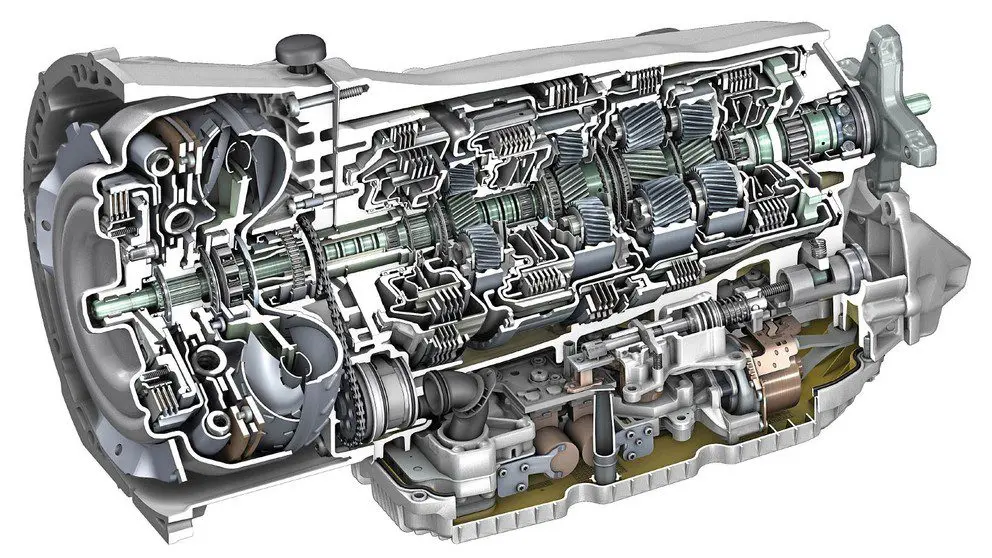
With regard to a manual gearbox, a hydraulic “automatic” increases fuel consumption, and it takes more time to accelerate – you have to sacrifice something for comfort.
For a long time, automatic transmissions were not popular due to the fact that most motorists are used to “mechanics” and want to be able to change gears on their own. In this regard, engineers are introducing the function of self-shifting, and they call such an automatic transmission - Tiptronic. The meaning of the function is that the driver moves the gear lever to the “M” position, and while driving, move the selector to the “+” and “-” positions.

CVT: rejection of steps
At one time, the CVT was a progressive transmission, which was introduced into the world of the automotive industry for a very long time, and only today it was appreciated by car owners.
The meaning of the CVT transmission is to smoothly change the torque due to the lack of steps as such. The variator is significantly different from the classic “automatic”, especially in that with CVT the engine always runs in low speed mode, which is why drivers began to complain that they did not hear the operation of the engine, it seemed that it had stalled. But for this category of car owners, engineers have come up with the function of manual gear shifting in the form of an “imitation” - it creates the feeling of driving an ordinary automatic transmission.
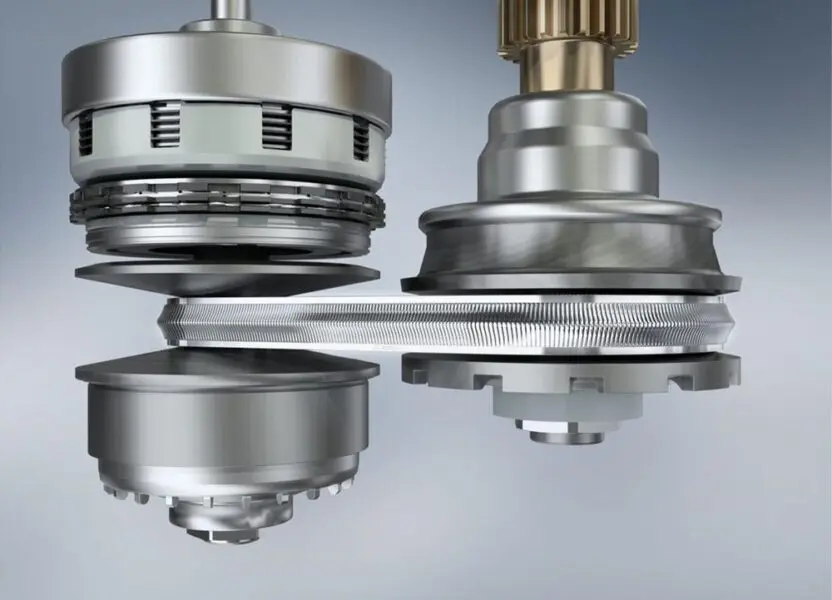
How does the variator work? At the core, the design provides for two cones, which are interconnected with a special belt. Due to the rotation of the two cones and the elastic belt, the torque is smoothly changed. The rest of the design is similar to an “automatic”: the same presence of a clutch pack, planetary gear set, solenoids and a lubrication system.
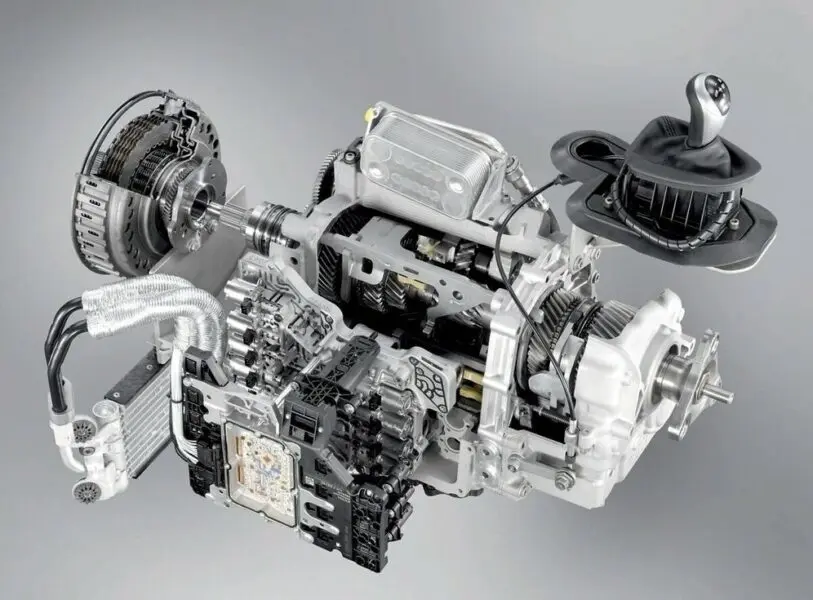
Robotic box
Relatively recently, automakers are introducing a new type of transmission - a robotic gearbox. Structurally, this is such a manual transmission, and the control is like that of an automatic transmission. Such a tandem is obtained by installing an electronic actuator in a conventional manual gearbox, which controls not only gear shifting, but also clutch operation. For a long time, this type of transmission was the main competitor of automatic transmission, but most of the shortcomings that engineers exclude to this day have caused a lot of discontent among car owners.
So, the "robot" in the classic version has an electronic executive unit, as well as an actuator that turns on and off the clutch instead of you.
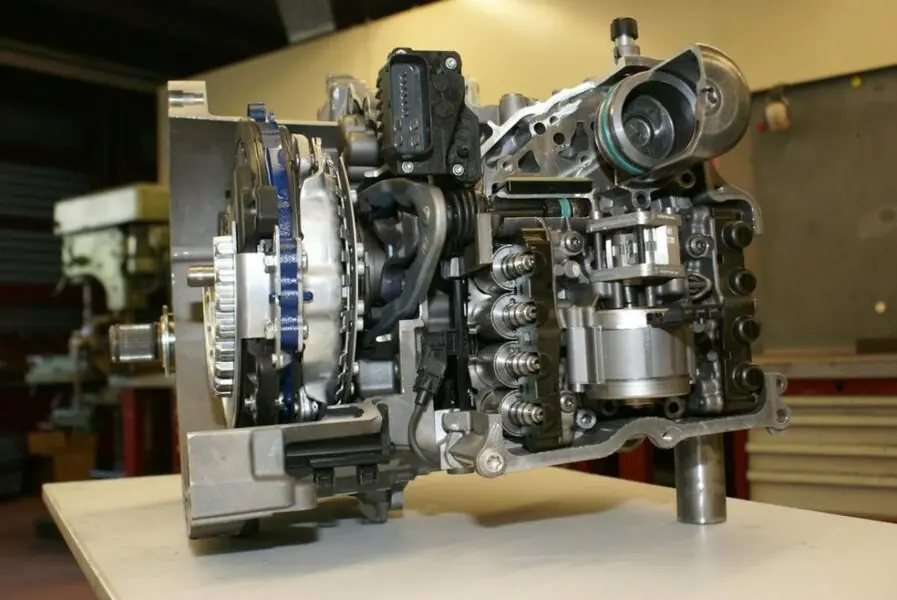
In the early 2000s, VAG released an experimental version of the DSG robotic gearbox. The designation “DSG” stands for Direkt Schalt Getriebe. 2003 was the year of mass introduction of DSG on Volkswagen cars, but its design differs in many respects from the understanding of the classic “robot”.
The DSG used a dual clutch, half of which is responsible for the inclusion of even gears, and the second for odd ones. As an actuator, a “mechatronic” was used - a complex of electronic-hydraulic systems that is responsible for the operation of the preselective gearbox. In the “mechatronics” there is both a control unit, and a valve, a control board. Do not forget that one of the main elements of the DSG operation is an oil pump that creates pressure in the system, without which the preselective box will not work, and the failure of the pump will completely disable the unit.
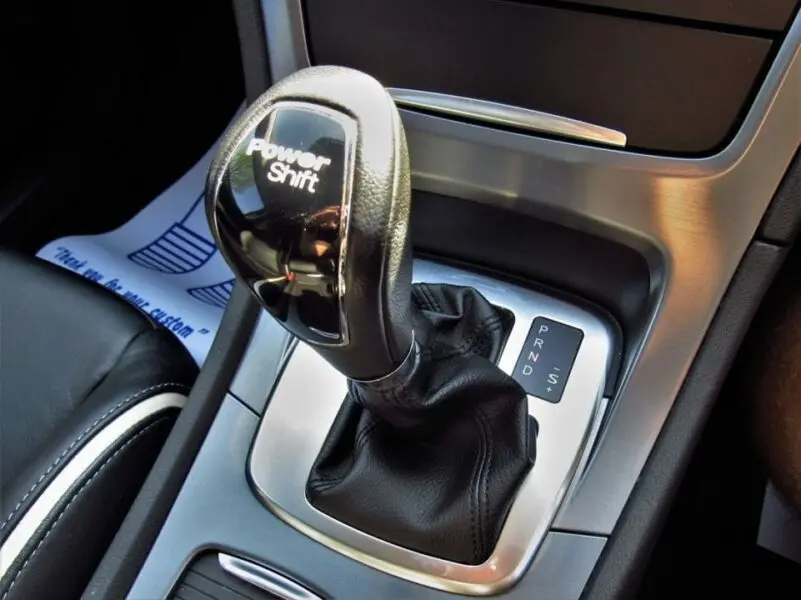
Which is better?
To understand which gearbox is better, we will describe the main advantages and disadvantages of each of the transmissions.
Advantages of a hydraulic automatic transmission:
- reliability;
- the ability to implement a variety of operating modes;
- convenience in driving a car;
- relatively high resource of the unit, subject to correct operation and timely maintenance.
Disadvantages:
- expensive repairs;
- it is impossible to start the engine from the "pusher";
- expensive service;
- delay in gear shifting;
- vulnerability to slipping.
Advantages of CVT:
- quiet engine operation;
- the power unit works in a gentle mode;
- stable acceleration at any speed.
Disadvantages:
- rapid wear and high cost of the belt;
- vulnerability of the structure to operation in the “gas to floor” mode;
- expensive repairs regarding automatic transmission.
The advantages of a preselective gearbox:
- fuel economy;
- quick pick-up and engagement of the required gear when a sharp acceleration is required;
- small dimensions.
Disadvantages:
- tangible gear shifting;
- vulnerable electronic support systems;
- often repair is impossible - only the replacement of the main components and parts;
- low service interval;
- expensive clutch kit (DSG);
- fear of slipping.
It is impossible to determine exactly which of the transmissions is worse or better, because each driver independently determines for himself the most convenient type of transmission, depending on personal preferences.
Questions and answers:
Which gearbox is more reliable? There is a lot of controversy over this. One mechanic works for decades, and the machine breaks down after a couple of maintenance. The mechanics have an undeniable advantage: in the event of a breakdown, the driver will be able to independently get to the service station and repair the checkpoint on a budget.
How do you know which box? It is easier to distinguish a manual from an automatic transmission by the presence or absence of a clutch pedal (an automatic does not have such a pedal). As for the type of automatic transmission, you need to look at the car model.
What is the difference between automatic transmission and automatic transmission? Automatic is the automatic transmission (automatic gearbox). But the robot is the same mechanics, only with a double clutch and automatic gear shifting.
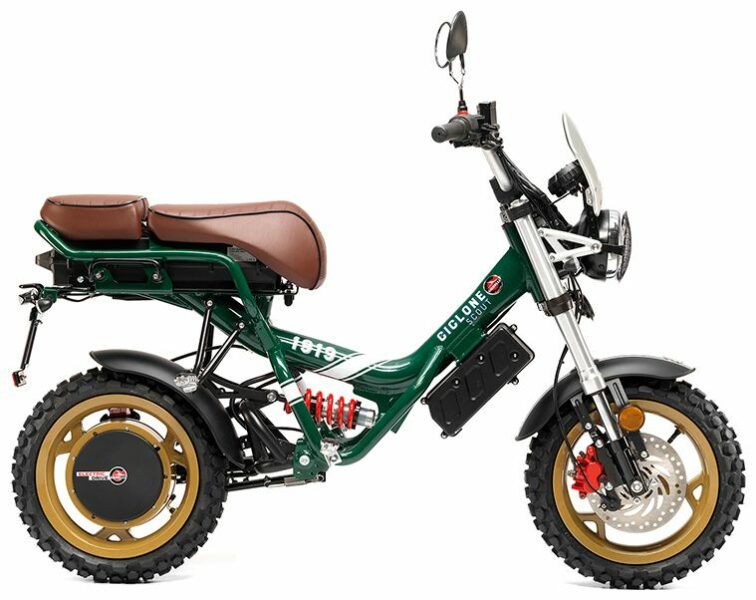
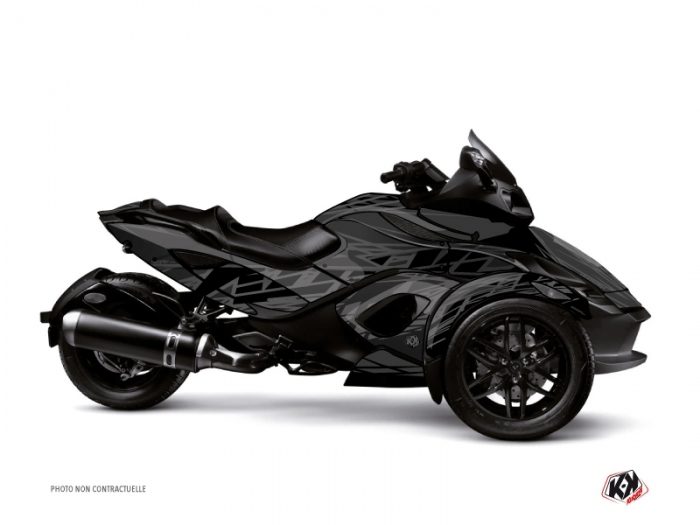
2 comment
anonym
dobar
jozo drummer
in translation, stick to good old manual transmissions and fry to your heart's content, or until you break it, if your lamella doesn't get damaged first 😉